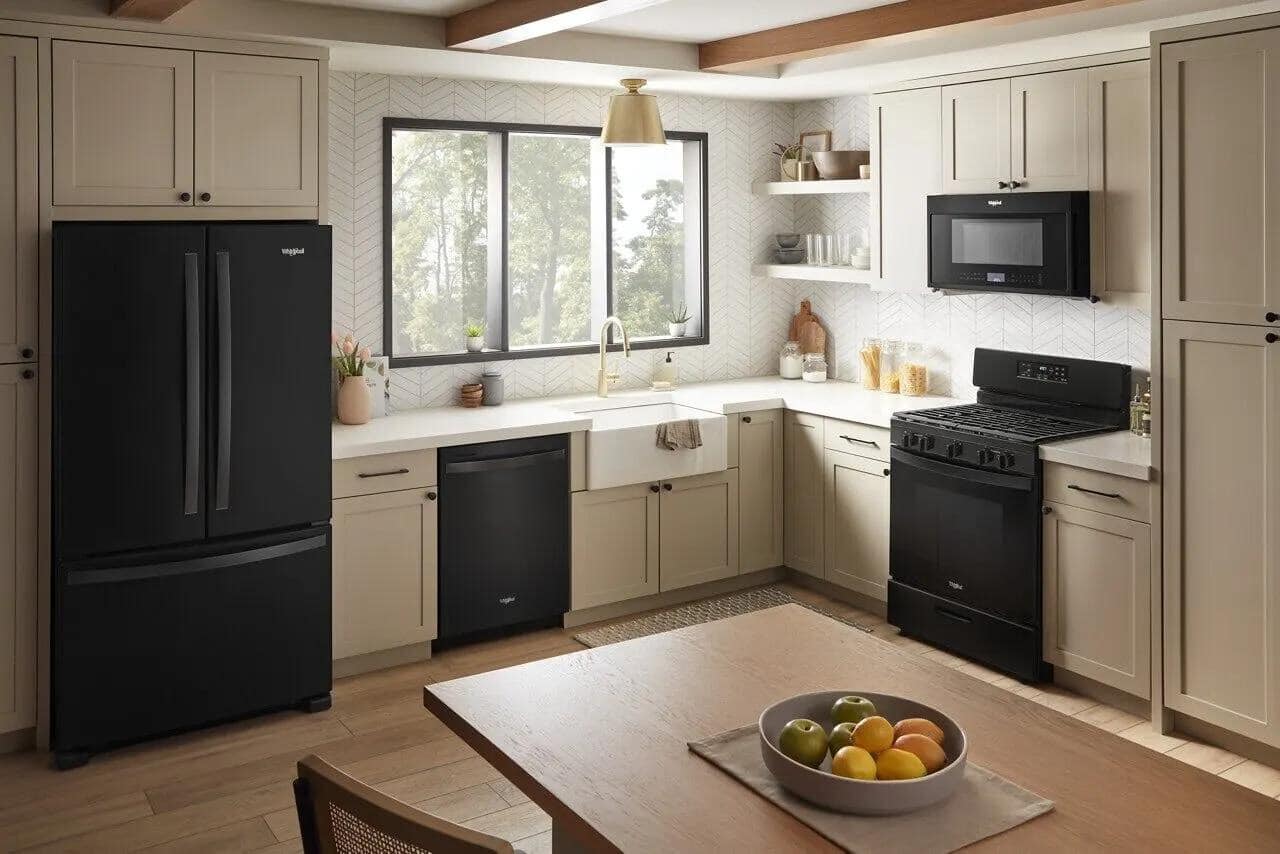How to Determine the Measurements of an Air Filter?
Choosing the correct air filter for your HVAC system is crucial for maintaining optimal air quality and system efficiency. One of the critical steps in selecting the right filter is determining its measurements.
Incorrect sizing can lead to poor filtration, increased energy use, and potential damage to your HVAC system. This blog guides you through measuring an air filter, ensuring you select the right size for your needs.
Understanding Filter Sizing
Ensuring the correct fit of your air filter affects the efficiency and health of your HVAC system.
Nominal vs. Actual Size
Air filters come with two size measurements: nominal and actual. The nominal size is a rounded number, making remembering and ordering replacements easier. It represents the general dimensions of the slot the filter fits into.
The actual size, which can be .25″ to .5″ less than the nominal size, reflects the filter’s exact dimensions. Understanding this difference is essential to ensure you get a filter that fits properly in your HVAC system.
Steps to Measure Your Air Filter
Measuring your air filter correctly ensures that your HVAC system operates at peak efficiency and maintains good air quality. The process can be straightforward, especially if your existing filter has readable labels.
Checking Existing Filter Labels
The simplest way to find your air filter size is to check the current filter in your system. Most filters have the nominal and actual sizes printed on the side.
The nominal size is usually in large print, with the exact size in smaller print beside it. This is the easiest method to determine the size. However, if your filter doesn’t have measurements listed, you’ll need to measure it manually.
Manual Measurement Process
If the size isn’t indicated on your filter, you can measure it. You need to measure three dimensions: length, width, and depth. Conventionally, the larger measurements are considered the width, and the smaller the length.
The depth is typically the smallest dimension. For example, a filter with dimensions of 20x20x4 would mean:
- Width = 20″
- Length = 20″
- Depth = 4″
If you need a 20x20x4 air filter – Filterking is here to help.
Remember, measuring each dimension accurately is crucial to ensure the filter fits well in your HVAC system.
Additional Considerations
In addition to measuring your air filter accurately, there are other factors to consider that impact the efficiency and performance of your HVAC system.
Compatibility with Your HVAC System
It’s important to consider not just the size but also the type of air filter and its compatibility with your HVAC system.
Some systems are specifically designed for certain filters or have recommended MERV ratings for optimal functioning. Using an incompatible filter can reduce system efficiency and potentially cause damage.
Frequency of Replacement
Correctly sized filters fit better and tend to have a longer lifespan. Regularly replacing your air filter based on manufacturer recommendations and usage conditions is crucial.
A properly fitting filter can prevent system strain, reduce energy costs, and maintain indoor air quality. Over time, even the best-fitting filters accumulate dust and debris, making regular checks and timely replacements an essential aspect of HVAC maintenance.
Ensuring the Right Fit
Determining the correct measurements of your air filter is a critical aspect of maintaining your HVAC system. Accuracy is key, whether you’re checking the existing filter’s label or measuring it manually.
A well-sized air filter improves air quality and protects your HVAC system from potential damage and inefficiency. With the correct measurements, you can confidently select the perfect air filter for your home or office, ensuring a healthy and comfortable environment.







